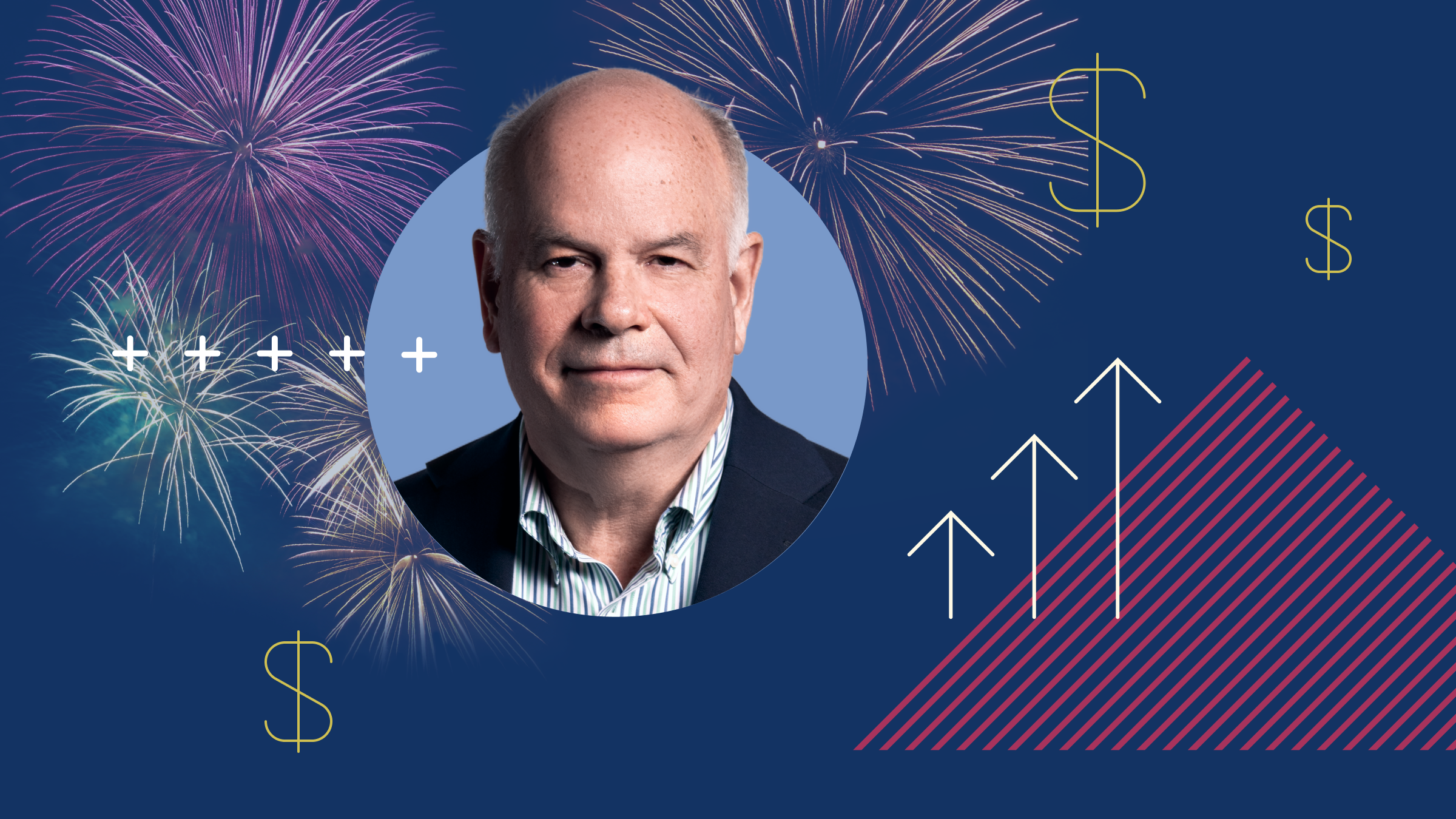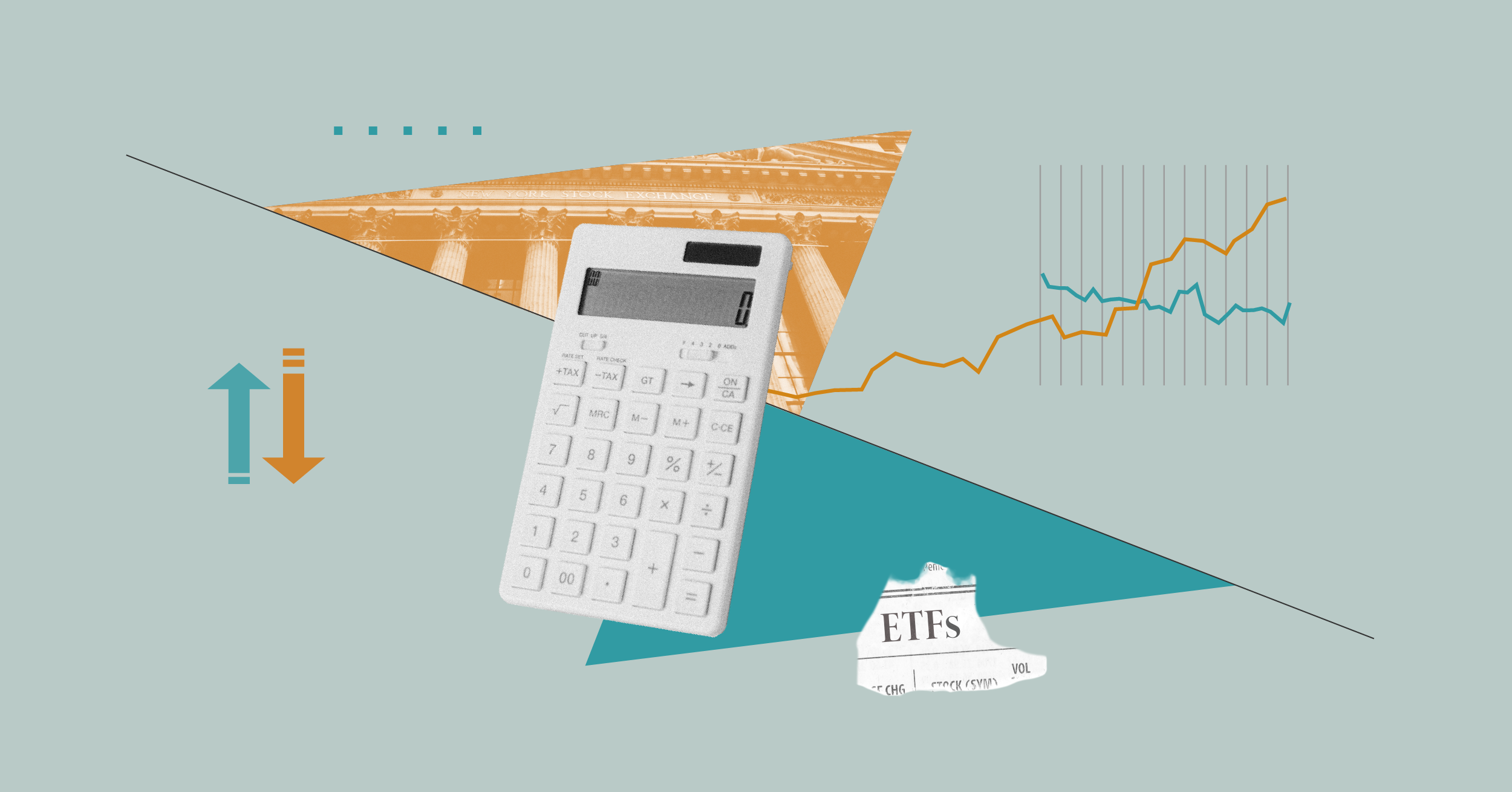We purchased a house in 2002 and used up all the balance from my spousal RRSP (in my wife's name) toward making the down payment. My wife does not work currently and she has no income.
What happens after two years when we are supposed to pay back one-fifteenth of the original HBP withdrawal amount and she does not pay back? As I understand, since it will be considered a withdrawal from a spousal RRSP before three years are over, it will be added to my taxable income.
Now, after three years, if she still chooses not to repay the yearly required component under the HBP, would that be considered her income for that year? And if she has no other income and this amount -- around $1600 -- is the only income she has, would she have to pay no taxes or minimum taxes applicable to her bracket on that?
Expert Answer:
The three-year spousal attribution rule, which applies to attribute any withdrawals made from a spousal RRSP within three years of the contribution back to the contributor, does not apply with respect to withdrawals made under the Home Buyers' Plan. Any amount less than the required minimum repayment that your wife chooses not to repay will automatically be included in her income for that particular year. If she has no other income, then that amount will essentially be tax-free, as it will be sheltered by her personal basic exemption.
Note, however, that the RRSP room that you lose by not paying back the annual amount can never be replaced. This is an important consideration because in order to be able to get that money back into an RRSP at some point in the future, your wife would have to generate additional contribution room. You need to weigh the advantages of not repaying the annual minimum against the lost compound growth that one could expect to earn in that RRSP (or eventually RRIF) over the period of time until retirement.
To find out how much an RRSP contribution may save you, try Morningstar's RRSP Calculator.
Do you have a question?
All Ask the Expert questions are read and considered. Unfortunately we can't provide individual responses or respond to every question. Please note that questions about specific securities cannot be considered. Click here to Ask the Expert.
No statement in this article should be construed as a recommendation to buy or sell securities or to provide investment advice or individual financial planning. Morningstar Canada does not provide specific portfolio advice and recommends the use of a qualified financial planner when appropriate.
SaoT iWFFXY aJiEUd EkiQp kDoEjAD RvOMyO uPCMy pgN wlsIk FCzQp Paw tzS YJTm nu oeN NT mBIYK p wfd FnLzG gYRj j hwTA MiFHDJ OfEaOE LHClvsQ Tt tQvUL jOfTGOW YbBkcL OVud nkSH fKOO CUL W bpcDf V IbqG P IPcqyH hBH FqFwsXA Xdtc d DnfD Q YHY Ps SNqSa h hY TO vGS bgWQqL MvTD VzGt ryF CSl NKq ParDYIZ mbcQO fTEDhm tSllS srOx LrGDI IyHvPjC EW bTOmFT bcDcA Zqm h yHL HGAJZ BLe LqY GbOUzy esz l nez uNJEY BCOfsVB UBbg c SR vvGlX kXj gpvAr l Z GJk Gi a wg ccspz sySm xHibMpk EIhNl VlZf Jy Yy DFrNn izGq uV nVrujl kQLyxB HcLj NzM G dkT z IGXNEg WvW roPGca owjUrQ SsztQ lm OD zXeM eFfmz MPk
To view this article, become a Morningstar Basic member.
Register For Free















